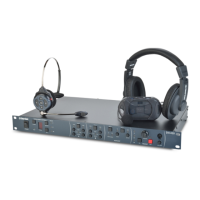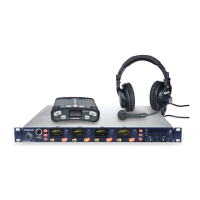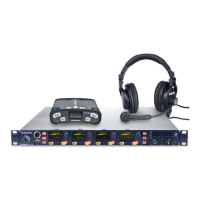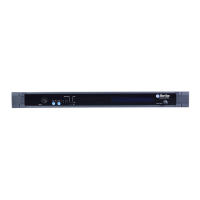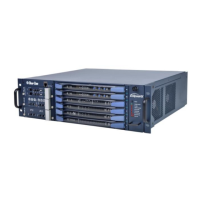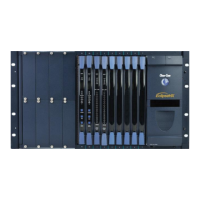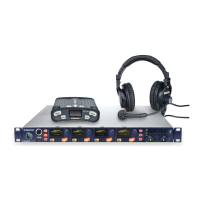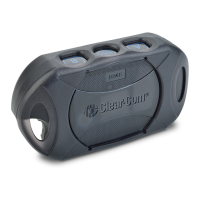Adaptive Frequency Hopping
Background
The Clear-Com DX wireless intercom systems utilize a Frequency Hopping Spread Spectrum (FHSS)
radio in order to provide robust communications.
This system operates in the unlicensed 2.4 GHz band. With the proliferation of other devices over the
past few years in the same 2.4 GHz band, instances where these devices and systems can interfere
with each other has greatly increased.
To further complicate matters, the European Union has introduced new radio standards for equipment
operating in this band in an attempt to reduce interference between equipment from different
manufacturers. This European Telecommunications Standards Institute (ETSI) harmonized European
standard is known as EN 300 238 v1.8.1.
CLEAR-COM Adaptive Frequency Hopping
In order to reduce interference with other equipment and comply with these new regulations, Clear-Com
has implemented an Adaptive Frequency Hopping (AFH) mode for the new DX EU base stations. The
key idea behind AFH is using only the good frequencies, or channels, unoccupied by other equipment.
The system scans for other signals and avoids these signals during operation. Since the radio
environment is constantly changing, there is a continuous process of scanning for used frequencies and
updating the list of good channels.
The Clear-Com system utilizes 46 discrete frequencies, or channels, within the 2.4 GHz spectrum in
order to communicate voice and data. The process of deciding which channels should be used is a 3-
stage process. The process includes scanning for occupied channels, the broadcast of a channel
exclusion list and the use of the exclusion list. The process is completed in three steps coexisting in
time.
Below is the process is shown in Time. First, the system performs a channel scan to determine occupied
channels. This list is then broadcast to the communicator. The communicators and base station will use
this list during period three. The process is continuous, and as is illustrated below, the list could be
constantly changing. Depending on the radio environment, a maximum of 46 channels, and a minimum
of 15 channels may be used by the system at any time.
Time →
For instructions describing the process of setting the base to AFH
or another scanning mode, see Interference Avoidance through
Spectrum Friendly, pg. 26. Available settings include:
High (H) - Scans the Higher frequencies.
Low (L) - Scans the Lower frequencies.
All (A) - All frequencies are scanned.
AFH (E) - (European Mode) Advanced Frequency Hopping searches for the best frequency.
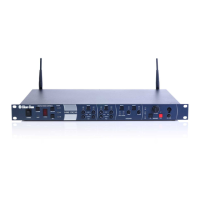
